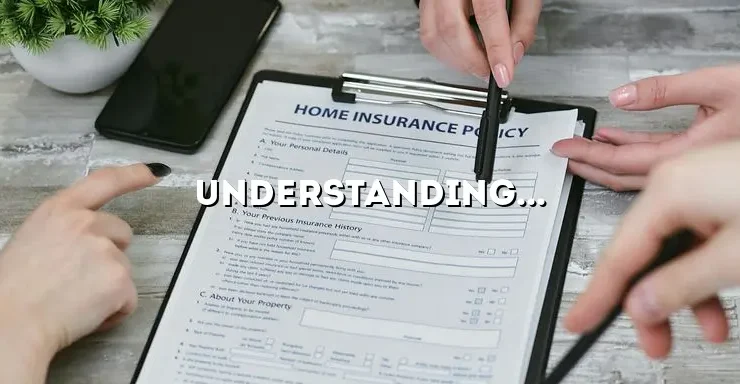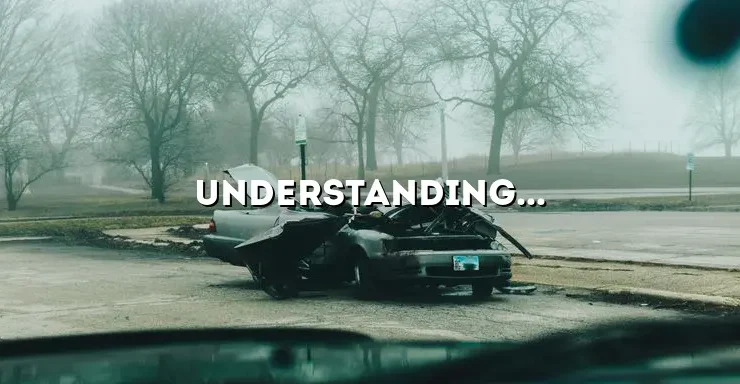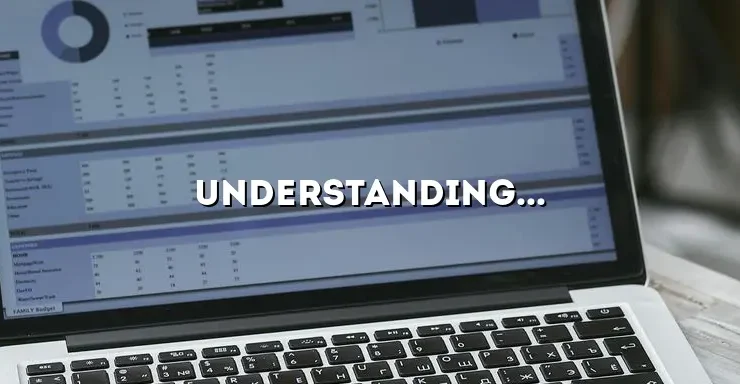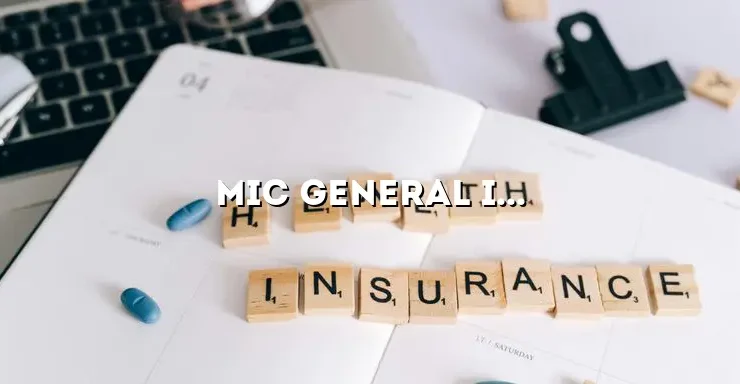
Contractors Pollution Liability Insurance is a vital safeguard in today’s environmentally conscious world. With increasing concerns about pollution and its impact on the environment, contractors face significant risks and potential liabilities. This insurance coverage offers comprehensive protection to contractors against claims arising from pollution incidents or environmental damage caused by their operations.
In this article, we will delve into the details of Contractors Pollution Liability Insurance, exploring its significance, coverage, and benefits. Whether you are a contractor looking to understand your insurance needs or a business owner seeking to hire contractors, this article will provide you with valuable insights into this specialized insurance product.
Understanding Contractors Pollution Liability Insurance
Contractors Pollution Liability Insurance is a specialized insurance product that provides coverage for contractors against claims arising from pollution incidents or environmental damage caused by their operations. It is designed to protect contractors from potential liabilities and financial losses resulting from pollution-related events.
The Definition and Purpose
Contractors Pollution Liability Insurance is a type of liability insurance that specifically addresses the risks associated with pollution incidents. It covers contractors for bodily injury, property damage, and environmental damage that may arise due to their operations. The purpose of this insurance is to provide financial protection to contractors in case they are held responsible for polluting the environment or causing harm to third parties.
Risks Covered
Contractors Pollution Liability Insurance covers a wide range of pollution incidents and related risks. Some of the common risks covered by this insurance include:
- Accidental spills and leaks of hazardous substances
- Inadequate waste disposal practices
- Contamination of soil, water, or air
- Improper handling or storage of hazardous materials
- Failure to comply with environmental regulations
By having Contractors Pollution Liability Insurance in place, contractors can mitigate the financial risks associated with these incidents, protect their reputation, and ensure compliance with environmental regulations.
The Benefits of Contractors Pollution Liability Insurance
Contractors Pollution Liability Insurance offers several key benefits to contractors. By understanding these benefits, contractors can make informed decisions about their insurance needs and the level of coverage required.
Financial Protection
One of the primary benefits of Contractors Pollution Liability Insurance is that it provides financial protection to contractors. In the event of a pollution incident or environmental damage caused by their operations, contractors may face significant costs related to cleanup, legal expenses, and potential settlements. This insurance coverage helps cover these expenses, reducing the financial burden on contractors.
Reputation Protection
Pollution incidents can have a severe impact on a contractor’s reputation. Negative publicity and public perception can harm a contractor’s credibility and future business opportunities. Contractors Pollution Liability Insurance helps protect contractors’ reputations by providing resources for effective crisis management, communication, and remediation efforts. This allows contractors to demonstrate their commitment to environmental responsibility and regain trust in their stakeholders.
Compliance with Regulations
Environmental regulations are becoming increasingly stringent, and contractors need to ensure compliance to avoid penalties and legal consequences. Contractors Pollution Liability Insurance helps contractors meet their obligations by providing coverage for claims related to non-compliance with environmental regulations. This coverage also incentivizes contractors to implement robust risk management practices and adhere to environmental standards.
Factors Affecting Premiums
The cost of Contractors Pollution Liability Insurance can vary based on several factors. Understanding these factors can help contractors manage their insurance costs effectively and obtain the right coverage at a reasonable price.
Industry and Operations
The type of industry and the nature of a contractor’s operations play a significant role in determining insurance premiums. Certain industries, such as construction, manufacturing, and waste management, are associated with higher pollution risks. Contractors engaged in activities with a higher potential for pollution incidents may face higher premiums due to the increased likelihood of claims.
Claims History
A contractor’s past claims history is closely evaluated by insurance companies when determining premiums. Contractors with a history of pollution incidents or claims are considered higher risks and may face higher premiums. Conversely, contractors with a clean claims history and a proactive approach to risk management can negotiate lower premiums.
Risk Management Practices
Insurance companies assess a contractor’s risk management practices when underwriting Contractors Pollution Liability Insurance. Contractors with robust risk management protocols, such as regular training programs, safety measures, and pollution prevention strategies, are considered lower risks. Implementing effective risk management practices can help reduce premiums and demonstrate a commitment to environmental responsibility.
Coverage Limits and Deductibles
The coverage limits and deductibles chosen by contractors also impact insurance premiums. Higher coverage limits and lower deductibles generally result in higher premiums. Contractors should carefully evaluate their coverage needs and consider their financial capabilities when determining the appropriate coverage limits and deductibles.
Coverage Limits and Exclusions
Contractors Pollution Liability Insurance comes with coverage limits and exclusions that contractors should be aware of. Understanding these limitations helps contractors evaluate their coverage needs and identify any potential gaps that may require additional insurance.
Coverage Limits
The coverage limits of Contractors Pollution Liability Insurance refer to the maximum amount the insurance company will pay for claims arising from pollution incidents. Contractors need to carefully assess their potential liabilities and choose appropriate coverage limits. In some cases, contractual obligations may require contractors to carry specific coverage limits to secure projects.
Exclusions
Contractors Pollution Liability Insurance also has certain exclusions that limit coverage for specific events or circumstances. Common exclusions include intentional pollution, pre-existing pollution conditions, and certain types of pollutants. Contractors should thoroughly review policy exclusions to understand the extent of their coverage and consider additional insurance if necessary.
Choosing the Right Insurance Provider
Selecting the right insurance provider is crucial when it comes to Contractors Pollution Liability Insurance. Contractors should consider several factors to ensure they partner with a reputable and reliable insurance company.
Financial Stability
Contractors should choose an insurance provider with a strong financial standing. This ensures that the insurance company has the resources to fulfill its obligations in the event of a claim. Contractors can review the insurance company’s financial ratings and consult with insurance brokers or industry experts to assess their financial stability.
Expertise in Environmental Insurance
Contractors should look for insurance companies that specialize in environmental insurance and have experience in providing Contractors Pollution Liability Insurance. These companies understand the unique risks and challenges faced by contractors in relation to pollution incidents and can offer tailored coverage and expert advice.
Reputation and Customer Service
Contractors should research the insurance company’s reputation and customer service track record. Reading reviews, seeking referrals, and evaluating the company’s responsiveness and claims handling process can help contractors make an informed decision. A reputable insurance provider with excellent customer service ensures a smooth and efficient experience during the policy term and claims process.
Policy Evaluation
Before finalizing an insurance policy, contractors should thoroughly review the terms, conditions, and endorsements. It is essential to understand the coverage provided, policy limitations, and any additional endorsements or riders that may be necessary to address specific risks. Contractors can seek assistance from insurance brokers or legal professionals to ensure they fully understand the policy and its implications.
Case Studies: Real-Life Examples
Examining real-life case studies can provide valuable insights into the importance of Contractors Pollution Liability Insurance and the potential consequences of inadequate coverage. The following case studies highlight the financial, legal, and reputational repercussions faced by contractors due to pollution incidents:
Case Study 1: Construction Company Pollution Incident
A construction company was involved in a pollution incident when an accidental spill of hazardous substances occurred at a worksite. The spill contaminated nearby water sources, resulting in harm to aquatic life and triggering regulatory investigations. The company faced significant cleanup costs, legal expenses, and penalties for non-compliance with environmental regulations. Without adequate Contractors Pollution Liability Insurance, the company had to bear these expenses, leading to financial strain and damage to its reputation.
Case Study 2: Manufacturing Plant Environmental Damage
A manufacturing plant was found to have been discharging toxic chemicals into the surrounding soil for an extended period. The contamination was discovered during an environmental audit, resulting in legal action and demands for compensation from affected individuals and environmental agencies. The manufacturing plant did not have Contractors Pollution Liability Insurance in place, leaving them exposed to substantial financial liabilities. The company faced considerable legal battles, hefty fines, and the potential for closure due to the financial strain.
These case studies emphasize the importance of Contractors Pollution Liability Insurance in safeguarding contractors against the potentially devastating consequences of pollution incidents. Proper coverage can help contractors navigate such situations, minimize financial risks, and protect their businesses.
Investing in Contractors Pollution Liability Insurance is an investment in the future, safeguarding both contractors and their clients against unforeseen environmental risks. By embracing this insurance coverage, contractors can operate responsibly, mitigate potential liabilities, and contribute to a greener and safer world.






